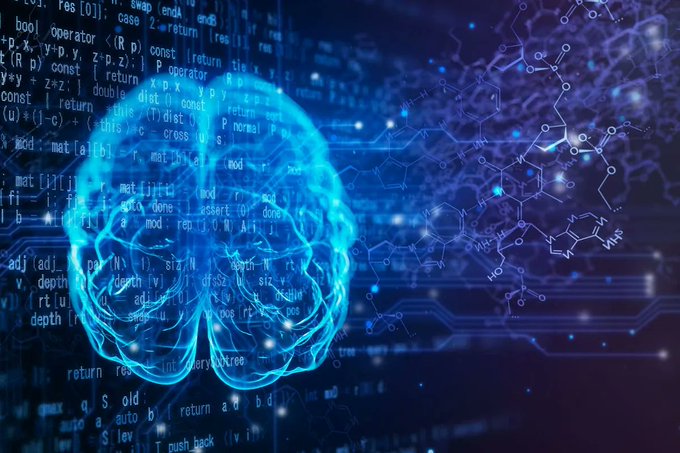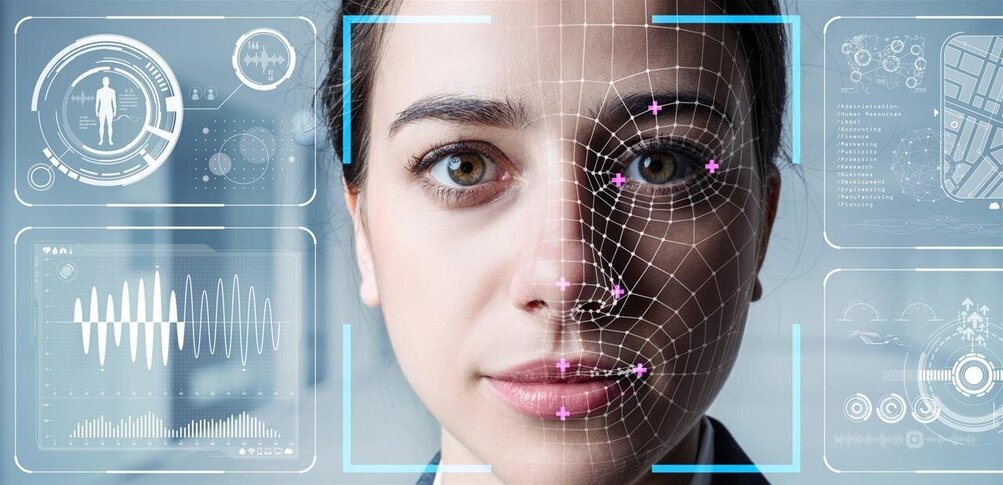As technology continues to evolve, new opportunities arise for businesses and professionals. Generative AI is one such advancement that has been rapidly gaining attention in the tech world due to its potential applications and possibilities. It’s a type of artificial intelligence (AI) model that uses large language models or image models as part of its framework.
By understanding how generative AI works, what it can be used for and some of the challenges with implementing it, CIOs and other tech leaders can have greater insight into this powerful tool set. We’ll explore all of these aspects here—from advances in technology to potential use cases—so we can better understand why generative AI may shape the future of business operations across industries worldwide.
What Is Generative AI?
Generative AI is an advanced form of machine learning that enables machines to learn from existing data to create new data or objects such as text, images, audio files or videos. This type of AI uses deep neural networks that are trained on large data sets in order to recognize patterns and generate new information based on those patterns.
There are two main types of generative AI—unsupervised learning and supervised learning. Unsupervised learning involves training a model without any labels or instructions, while supervised learning requires labeled data sets with specific instructions for the model’s output. Both methods have their own advantages and disadvantages depending on the task at hand. The primary benefit of generative AI is its ability to quickly produce high-quality content with minimal human effort required compared to traditional methods such as manual coding or writing scripts from scratch.
Mots-clés : cybersécurité, sécurité informatique, protection des données, menaces cybernétiques, veille cyber, analyse de vulnérabilités, sécurité des réseaux, cyberattaques, conformité RGPD, NIS2, DORA, PCIDSS, DEVSECOPS, eSANTE, intelligence artificielle, IA en cybersécurité, apprentissage automatique, deep learning, algorithmes de sécurité, détection des anomalies, systèmes intelligents, automatisation de la sécurité, IA pour la prévention des cyberattaques.






